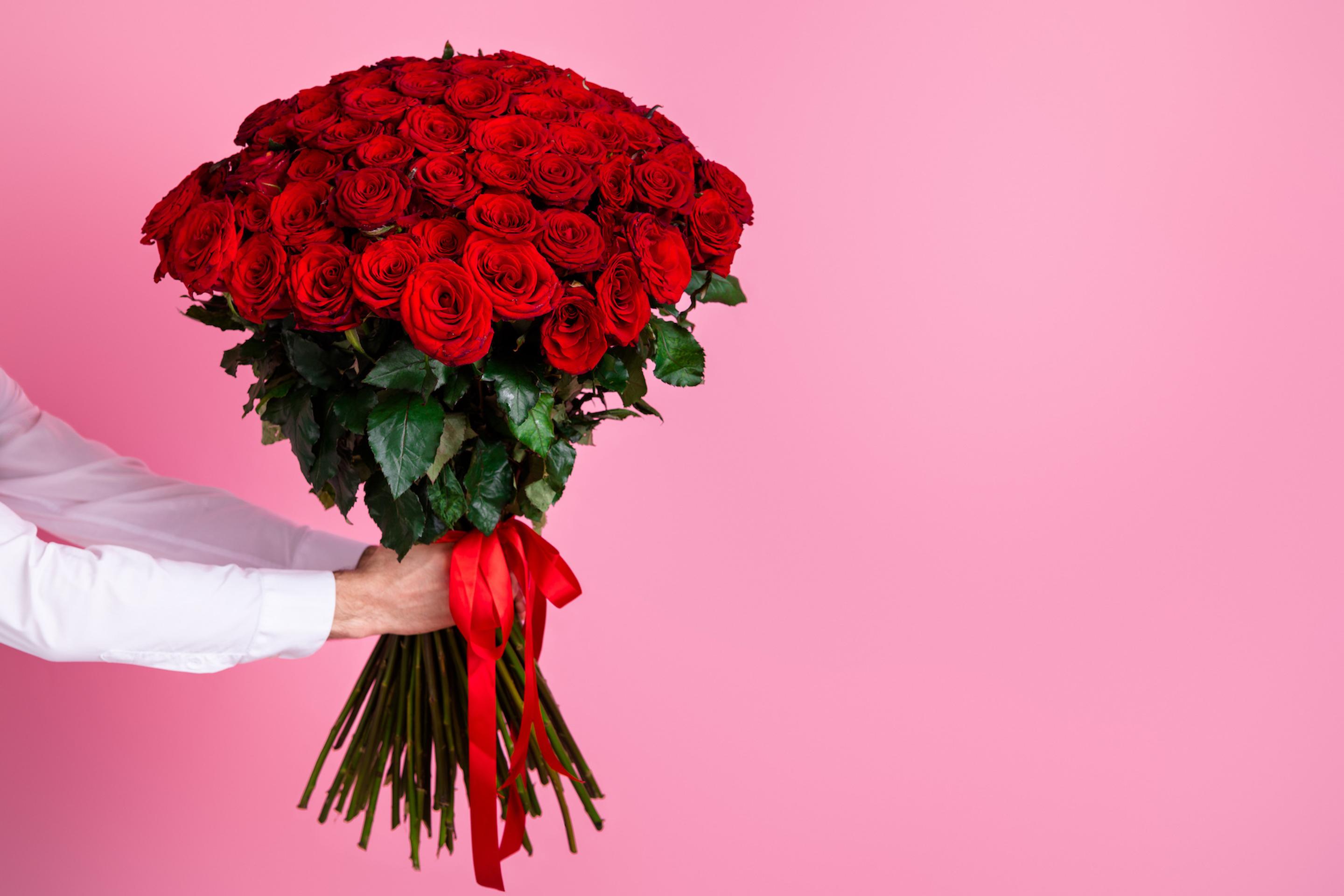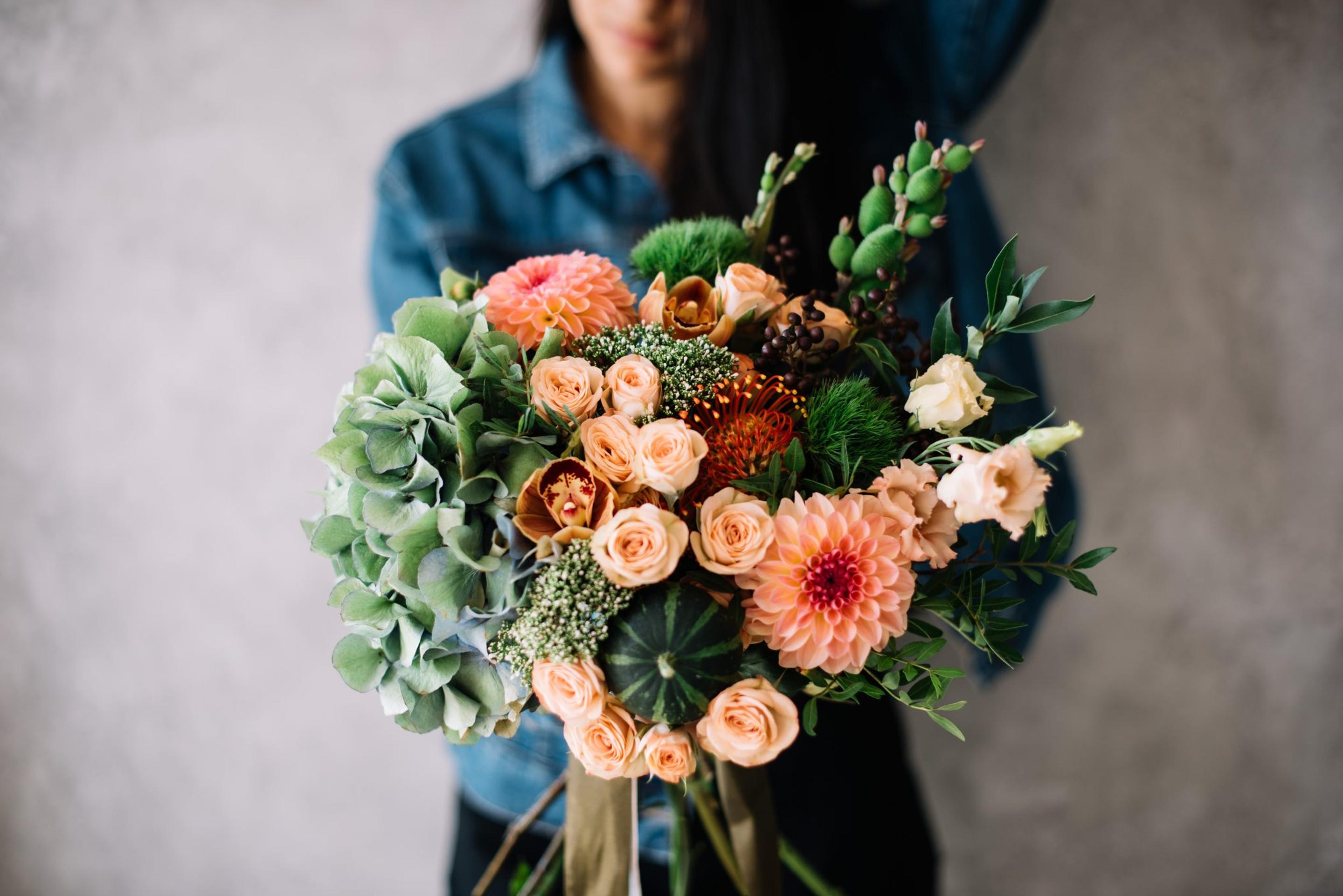
Fall is in the air!

So you’ve heard the news, winter is coming!
Does the crisp cool air have you thinking:
- “Wait, what can I plant in September?”
- “Am I too late?”
You’re absolutely not too late; you’re right on time!
Don’t start hunkering down and bundling up just yet! There’s still time to start that dream garden post-winter-you will positively adore & neighbors will be OBSESSED with.
Ok yes, we love it—let’s do it!
Now what to plant in September… what to plant in November, even?
Well that, ladies and gentlemen, is what we’re here for.
Check out these 10 bulbs that THRIVE in cooler weather!
1. Alliums

Alliums are one of the most laid back, carefree flower bulbs to plant. They tolerate most soils and are hardy down to zone 4.
Plant them before the soil freezes, and you won’t even have to worry about watering! (No, really; these blooms actually prefer dry conditions).
Choose a sunny spot, water after planting, and wait for your prized buds to break free come spring-time!
2. Tulips

One of the surest signs of spring, ALL THE TULIPS!
Just think how happy future-you will be waiting for your little tulips to break free after a long cold winter.
Pro-tip: If you plant different varieties with different bloom times, you can have tulips blooming from early spring all the way to the beginning of summer!
All the tulips, indeed!
Plant them in a spot that gets full or afternoon sun with well-draining soil, sit back, and watch the magic happen.
3. Daffodils

So we all see these little bundles of sunshine come spring time, but when do you plant daffodil bulbs in order to have some of your own?
These perennials are hardy and easy to care for. Plant them in the fall, and you’ll have a field of sunny yellow come late winter early spring!
- Pro-tip: These little guys make GREAT cut flowers that have a pretty long vase-life.
They prefer moderately fertile, well-draining soil that is kept moist during the growing season.
4. Hyacinths

Another early bloomer, popping through the ground even before tulips, please welcome to the stage, the Hyacinth!
If their oh so subtlety sweet scent doesn’t win you over, their radiant colors are sure to (especially after a looong long winter).
Hyacinths thrive on well-draining soil and the chill of winter. Plant them in the fall (September through October) in full sun or partial shade.
5. Crocus

Another tough guy and the fierce leader of the Spring bloom parade, why hello there Crocus!
These small, inexpensive bulbs come in a variety of colors and will brighten up even the dullest of post-winter gardens! Plant them about 3-4 inches deep and water well.
6. Bluebells

Growing up to a foot tall and adding a touch of something blue to your garden, bluebells are pretty much a must-have.
These dainty blooms require moist soil and should be planted early to mid-fall. Doing so will give them enough time to set down some roots and expose them to the 3-4 months of cold weather needed for the bulbs to flower.
7. Lilies
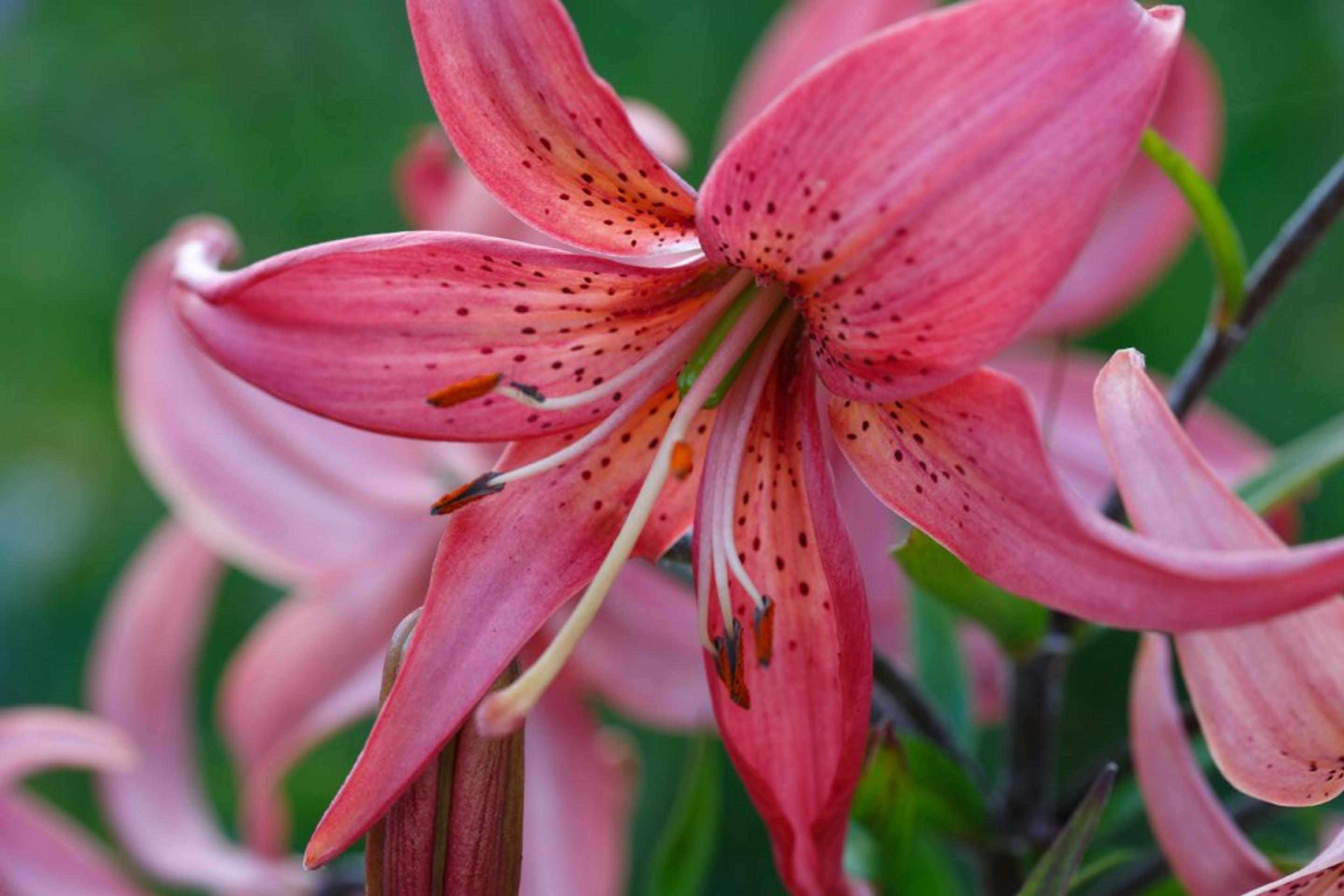
Oh, the lovely Lily, we could never forget about you!
If you’re looking to have bright blooming bundles of perfume in flower -form, now’s your chance!
Lilies can be planted either in the spring or in the fall. If you’re planting them in the fall, be sure to do so at least 4 weeks before your last frost date so your bulbs have a chance to put down roots before the ground freezes.
8. Iris
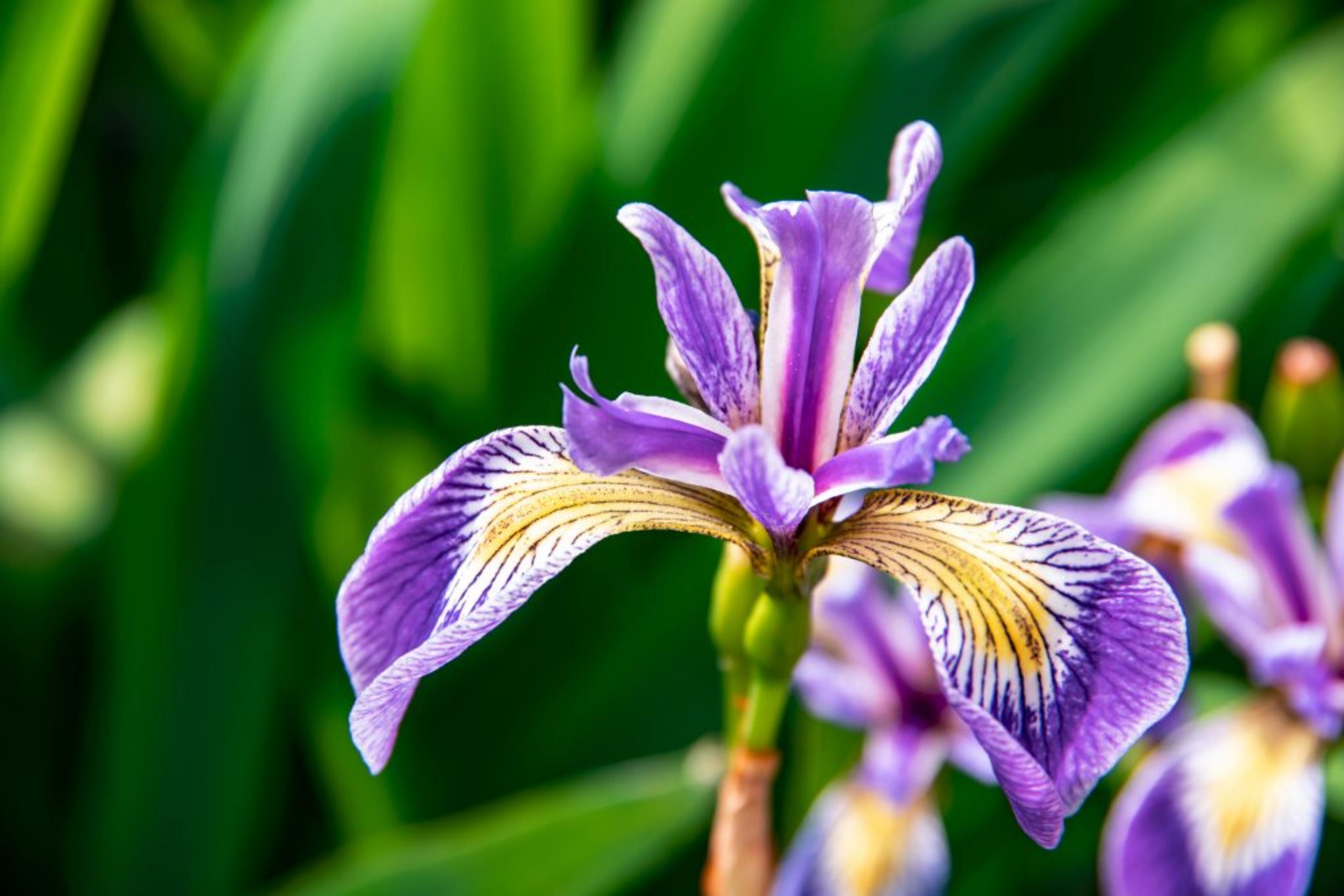
Did you know the word ‘iris’ means rainbow? Did you know that the iris is named after the Goddess of the rainbow because they come in so many colors? Well, you do now!
Plant your iris bulbs in the fall if you want to emerge from a cold, dark winter to a garden full of rainbows.
Iris tend to require a half-day of full sun for best results, but their colors will be even more vibrant if they receive a full day’s worth of direct sunlight.
9. Frillitara
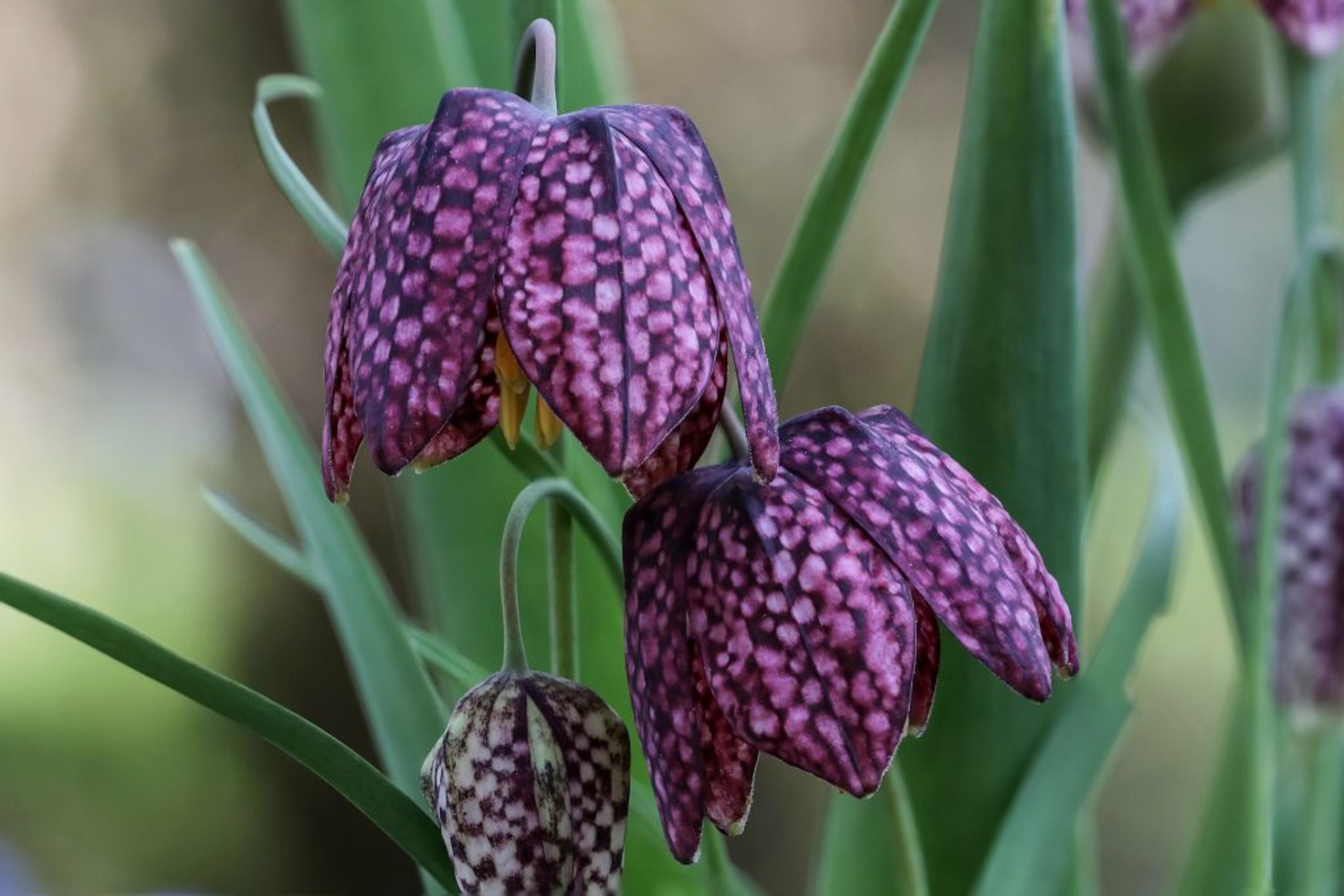
A member of the lily family, frillitaras look a bit like a sort of upside-down lily… or maybe even an upside-down tulip!
Plant your frillitaras in September for best results as they will flower around May and April! Plant your fritillaria bulbs in a well-draining soil that is either sandy or loamy (a mixture of sand, silt, and clay soil).
10. Anemones

What beauties are these? Why, they’re anemones!
While you can plant anemone corms in the spring and the fall, spring-planted corms just don’t live up to the striking beauty of a fall-planted corm. They don’t need much in the way of protection, just a low tunnel or frost cloth will do just fine for areas with mild winters. If your winters get quite severe, with temperatures consistently well below freezing, grow your new anemones indoors and plated outside at the end of winter.
Want to enjoy fresh fall flowers in your home right now?
Want more tips for your garden? Check out How to Bring Cottagecore to Your Garden for an on-trend, totally hip take on gardening!

